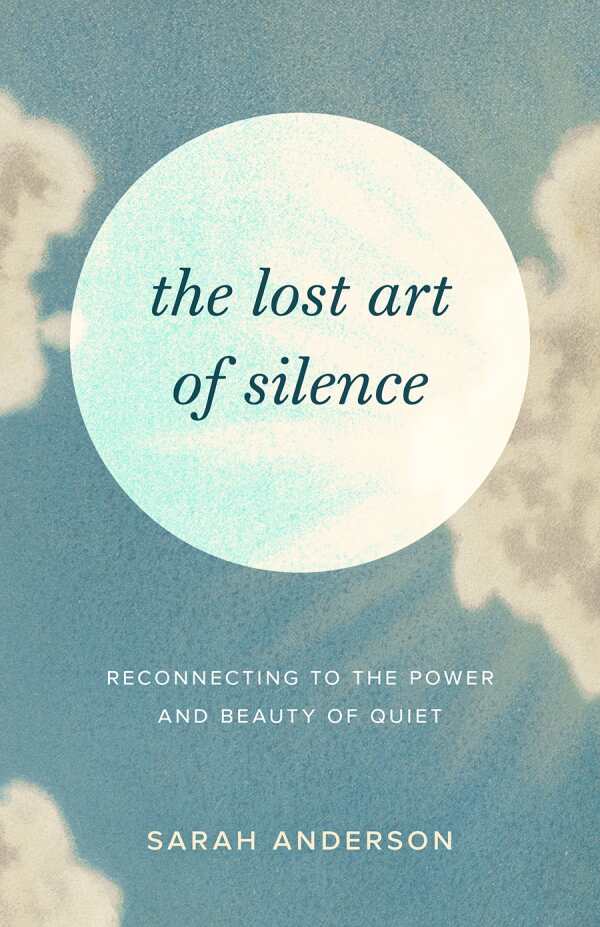The Lost Art of Silence
Reconnecting to the Power and Beauty of Quiet
Sarah Anderson’s spiritual text The Lost Art of Silence explores the power of silence throughout history as seen in art, literature, nature, and war.
Covering the nooks and crannies of human history, the book tells the tales of people who had prominent—and sometimes strange—relationships with silence. In the 1860s, a man wrote angry letters to newspapers complaining about the noise of street performers in London. Multiple women wrote accounts of extended periods of silence—one, a day per week; another, six entire months in protest of climate change—and found it therapeutic, despite the annoyance and disapproval of the people who tried to talk to them. A journalist who was shot and left for dead in Saudi Arabia in 2004 viewed the immediate silence after the attack as a blessing: no screaming, no crying, no approaching footsteps. References to literature also wend in.
Woven between historical records of Buddhist monks and reclusive artists are Anderson’s personal experiences with deep silence—during a trip to Antarctica, on a trek in Siberia, and during the quarantine days of COVID-19. About those isolating days in 2020, Anderson writes “But silence has to be chosen, not imposed by social isolation, something that can make it feel bleak and disorienting.” That is the biggest takeaway from the work: that silence is important to personal growth, but only if a person is a willing participant. Solitary confinement, hearing loss, and tinnitus can have the opposite effect, Anderson notes.
The spiritual book The Lost Art of Silence explores the facets and values of silence in a noisy world.
Reviewed by
Ashley Holstrom
Disclosure: This article is not an endorsement, but a review. The publisher of this book provided free copies of the book to have their book reviewed by a professional reviewer. No fee was paid by the publisher for this review. Foreword Reviews only recommends books that we love. Foreword Magazine, Inc. is disclosing this in accordance with the Federal Trade Commission’s 16 CFR, Part 255.

